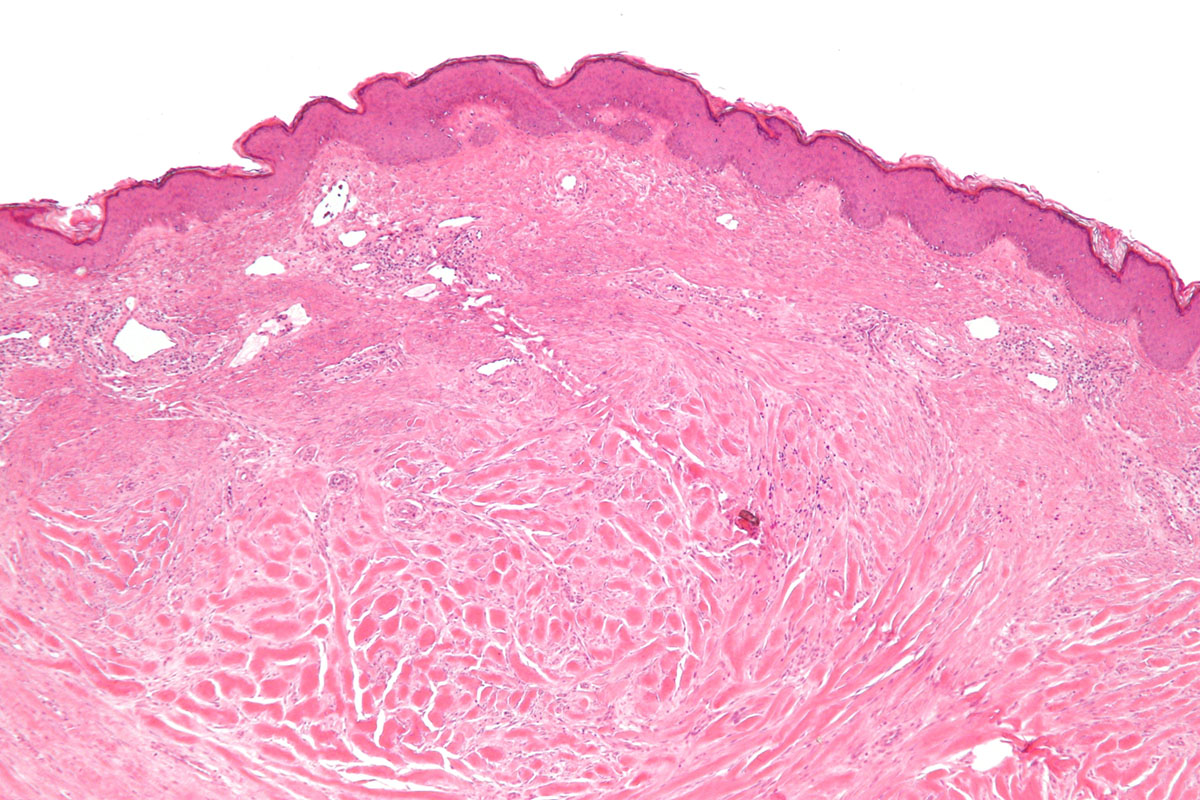
Keloid Scars
Keloidal scar or keloid is a scar which tends to grow over the boundaries of the wound that caused it. The scar is mainly composed of collagen tissue, which overgrows and granulates. Normal process of wound healing is to produce more collagen to give strength and support the wounded skin. It is also normal that the organism itself removes the excess collagen and shrink the scar. When this process doesn’t happen, but the scar continues to grow it becomes a keloid.
Keloid scar can be pink, red, or brown in color, different texture than normal skin, itchy and even painful. In some cases scars don’t hurt, but can provoke future problems, such as skin cancer at some point of the life.
The most common cause of keloid scars are severe acne problems and burn injuries. However, even some small skin problems like insect bites, scratch or cuts might provoke the skin to form keloids. In some cases, when the wound haven’t properly healed it also tends to develop keloid scars.
Keloid scars can be found on the arms, back or the chest. They are most common in young people, under 20, and affect equally women and men. Although these scars are rare condition, there is a greater tendency of developing the keloids in African and Asian population. You might be genetically predisposed to this skin condition. If anybody in your close family has the keloid scar, you are more likely to develop the same disorder yourself.
In any case, consult your doctor about the best option for keloids on your skin, but be aware that modern medicine still doesn’t have a cure for this skin condition.
Treatment of Keloid Scars
Surgical removal of the keloid scars is recommended in extreme cases. The best are proven to be tradition surgery and cryosurgical procedures. In half of the surgical patients, keloid scars do come back and doctors can’t explain the cause of this skin “behavior”. Laser treatment might help in some, but not all cases of keloids. Some are just proven to be resistant and don’t decrease in size even after the laser therapy.
Sometimes, silicone gel helps to remove these scars.
Some other therapy, like injections, is not proven to be helpful. Injections could be really painful for the patients. That pain can be managed with some anesthetic, but the medications last for some time. They don’t cure the pain and scars might still hurt for some time after the procedure.


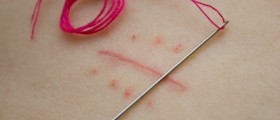



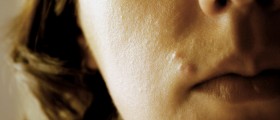







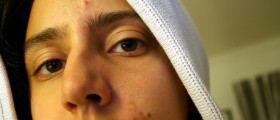
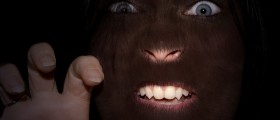

Your thoughts on this
Loading...